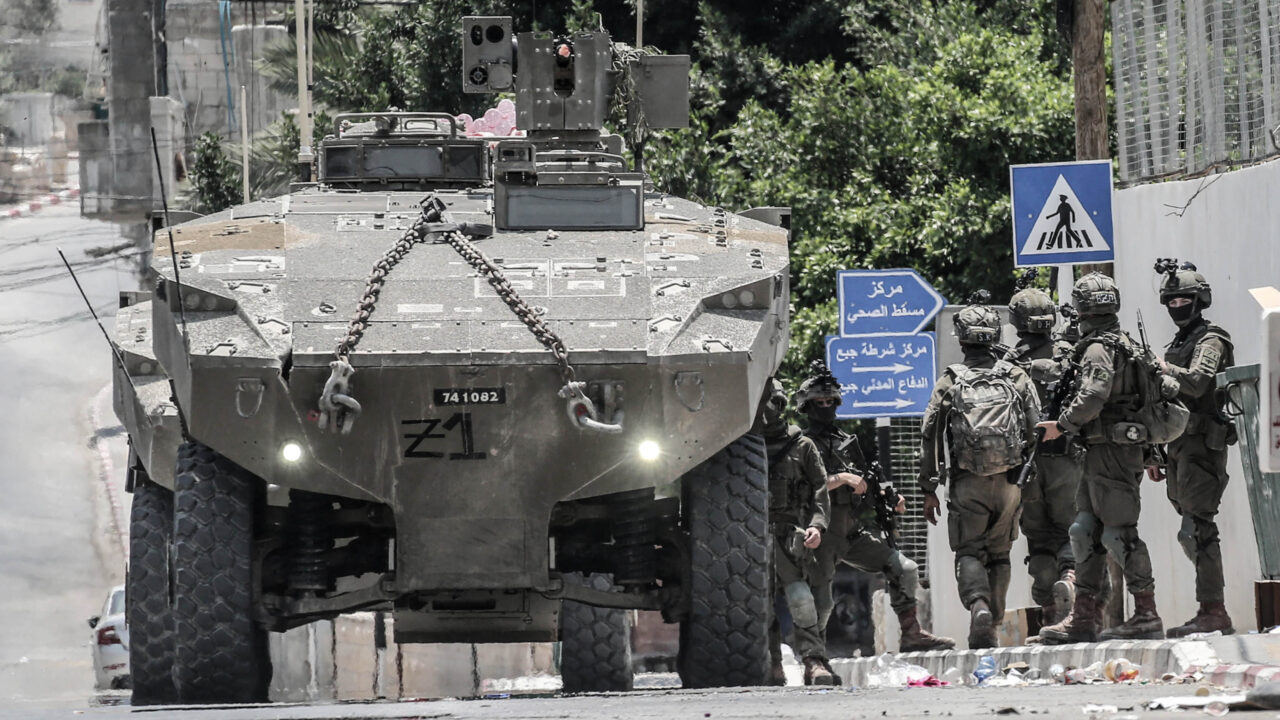
Israel Deploys 60,000 Reservists to Take Over Gaza
Light House Denver – The Israeli military officially announced the start of its first phase to seize control of Gaza City on Wednesday, August 20, 2025. Brigadier General Effie Defrin, the military’s spokesperson, stated that Israeli forces had already taken control of the city’s outskirts as an initial step.
A senior military official added that most reservists would not begin active duty until September. This timeline, he explained, provides international mediators with additional time to bridge the gaps between Hamas and Israel regarding the terms of a ceasefire.
However, following renewed clashes with Hamas, Prime Minister Benjamin Netanyahu’s office declared that the timetable would be accelerated in order to capture Hamas strongholds inside Gaza. The move comes despite mounting international criticism over the potential worsening of the Palestinian displacement crisis.
The Israel Defense Forces (IDF) announced plans to call up approximately 60,000 reservists in preparation for a large-scale assault. The mobilization was approved by Defense Minister Yoav Katz, according to The Times of Israel.
“Continue Reading: Officially Married! Kim Jong Kook Surprises Fans with an Unexpected Message”
The first wave, consisting of 40,000 to 50,000 reservists, will report for duty beginning September 2, 2025. The second wave is scheduled for November-December 2025, followed by a third wave in February-March 2026.
Additionally, the service of around 20,000 reservists already deployed will be extended for another 30-40 days. This will bring Israel’s total reserve force involved in the operation to approximately 130,000 personnel.
The operation is designed to unfold in several stages. Israel has announced plans to issue evacuation warnings to Palestinian civilians until October 7, 2025, coinciding with the two-year anniversary of Hamas’ attack on Israel.
After the evacuation period, the IDF intends to encircle Gaza before advancing deeper into the city, targeting areas believed to still contain Hamas infrastructure.
Israel’s plan to take over Gaza has drawn widespread condemnation from international communities and humanitarian organizations. Critics argue the operation will further deteriorate conditions on the ground, intensify hunger, and endanger the lives of hostages still held by Hamas.
Aid organizations have also warned that Israel’s expanded assault could accelerate an already dire humanitarian crisis in Gaza, which has long been suffering under a blockade.
Despite the scale of the operation, internal challenges within the Israeli military are becoming apparent. A recent survey by Agam Labs at the Hebrew University of Jerusalem found that 40 percent of soldiers reported low motivation, while only 13 percent expressed high motivation to continue serving.
The findings highlight rising levels of depression among troops, driven by the prolonged conflict. This raises further concerns over Israel’s readiness to sustain a long-term operation.
Military leaders have urged the government to recruit members of the ultra-Orthodox community. This community is typically exempt from mandatory service. However, the majority of ultra-Orthodox groups remain opposed to conscription, complicating Israel’s efforts to strengthen its ranks.
Initially, the full takeover of Gaza was expected to take more than five months. Yet Netanyahu’s recent directive to expedite the timeline has added significant strain on the forces.
Meanwhile, recent polls indicate that a majority of Israelis actually favor ending the war. This contrast highlights the political and social dilemma confronting Netanyahu’s government. At the same time, international scrutiny of its military policy continues to intensify.
“Read More: Dream Jobs of Generation Alpha: Scientists, Gamers, and Digital Celebrities”